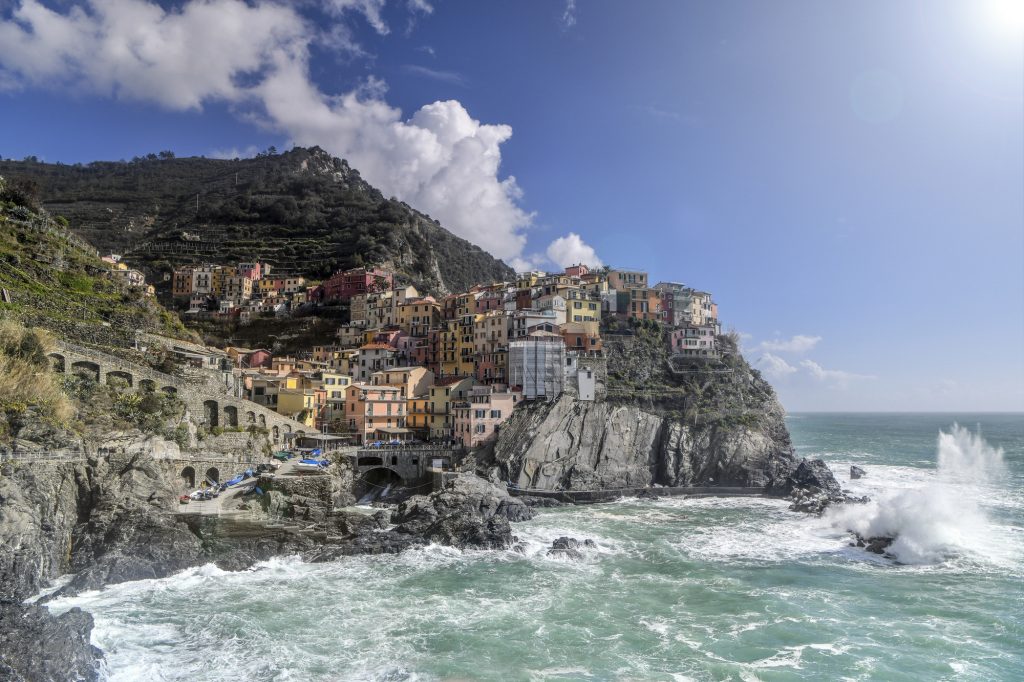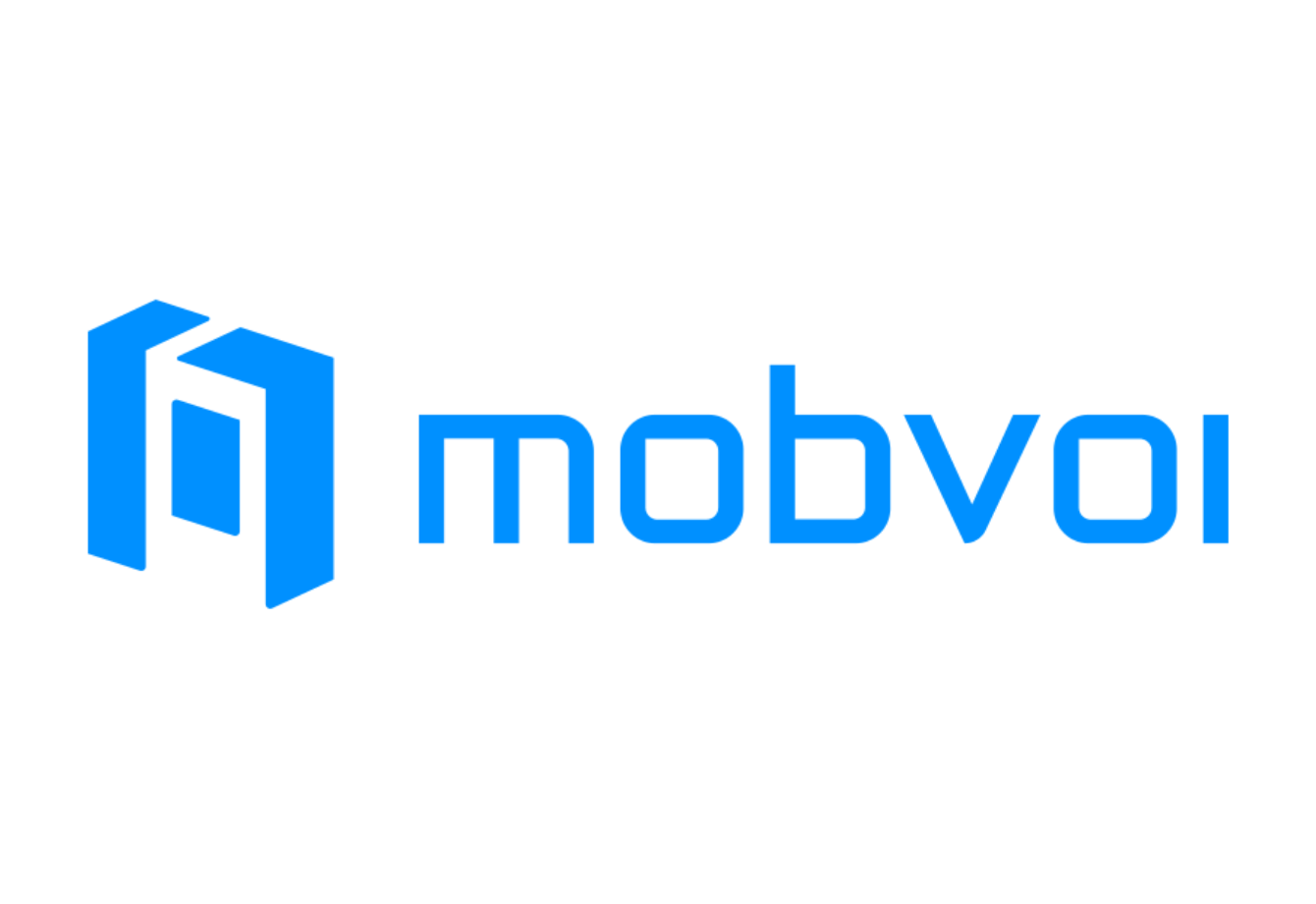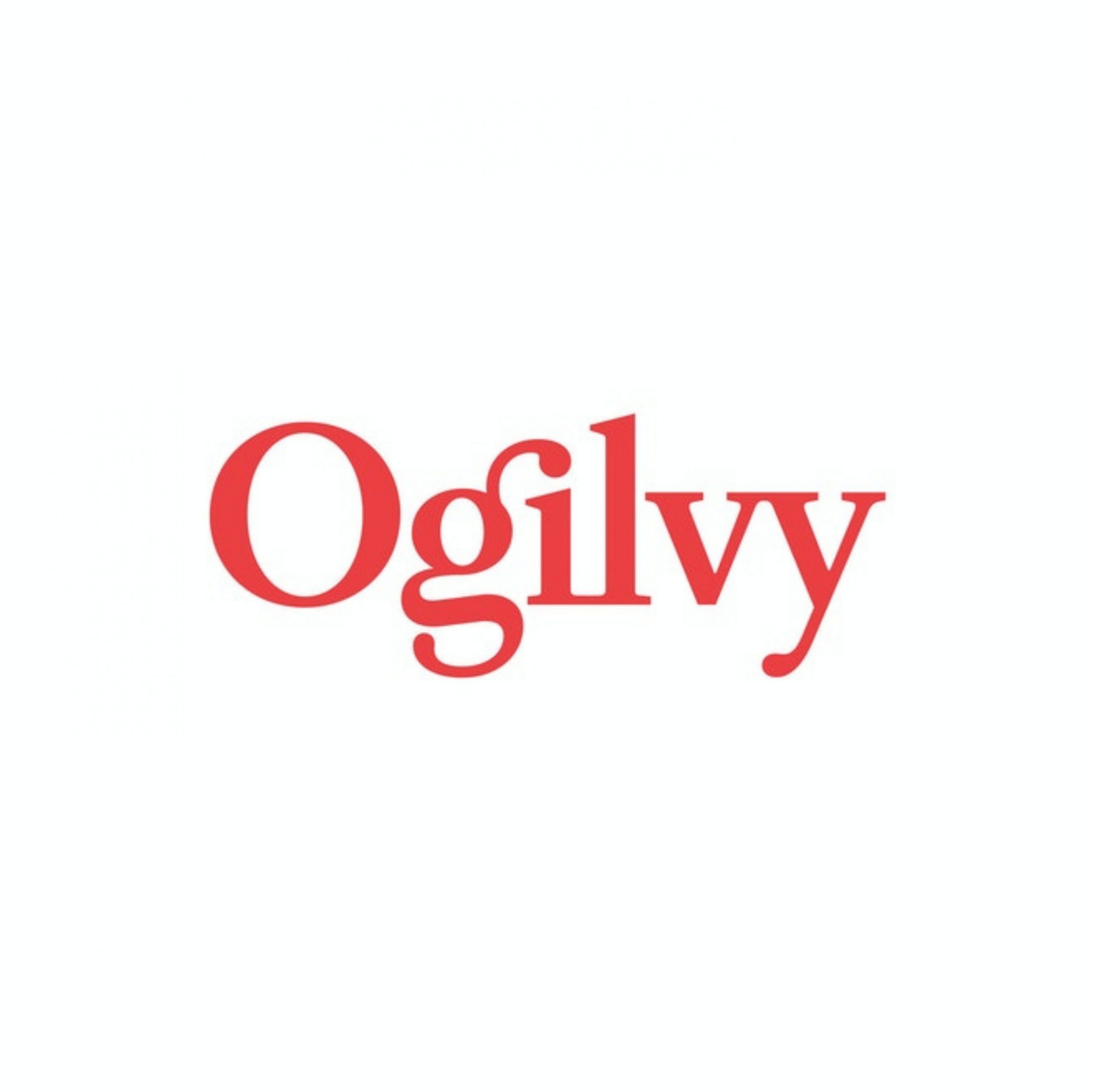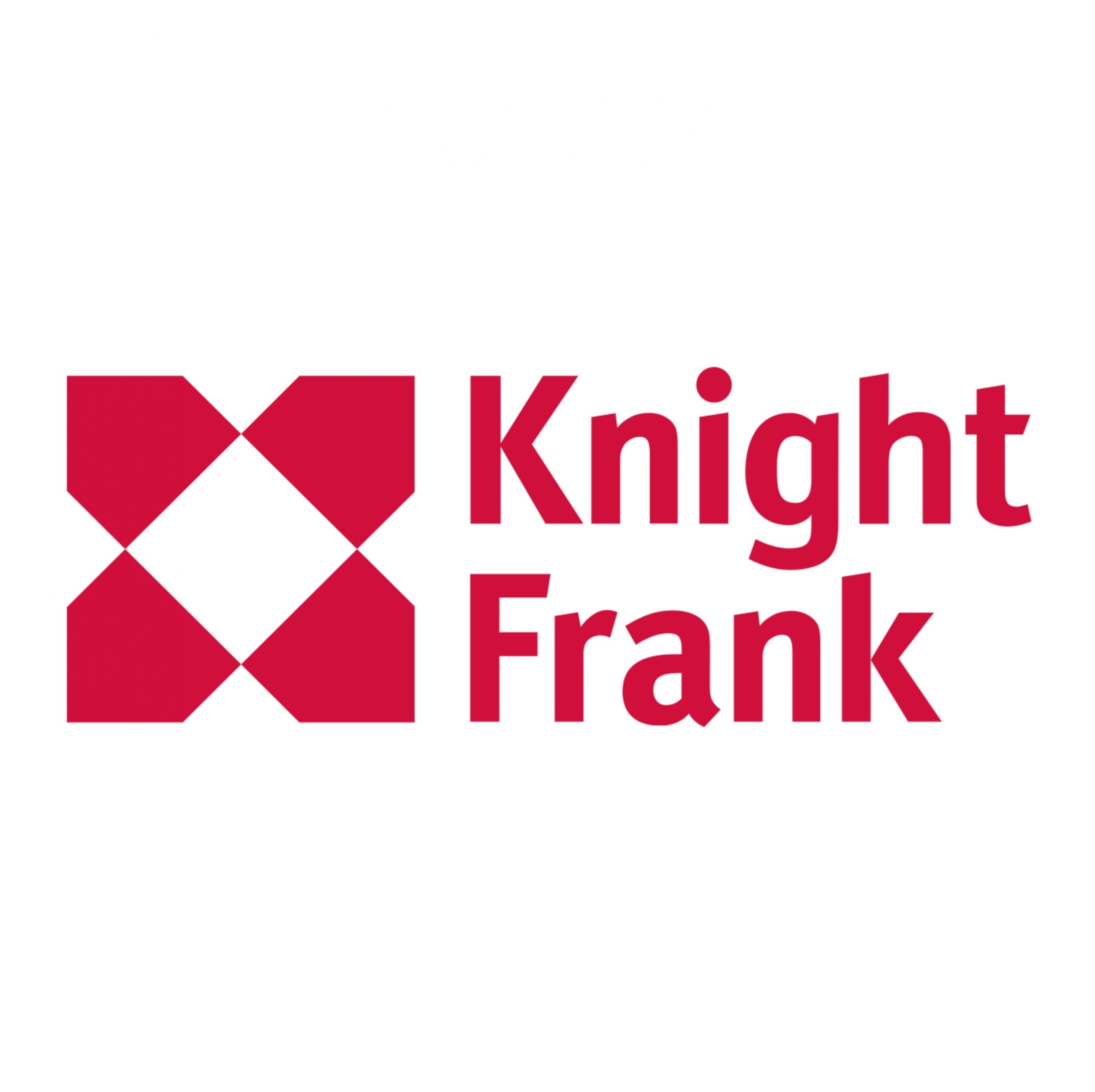When Covid-19 hit the travel and hospitality sector, nobody could have predicted that the aftershocks would still be felt almost 2 years later. In this issue of TaH, we’ll be crunching the numbers on how the pandemic has changed employment patterns in the industry, and use the data to predict how the sector is set to bounce back over time.

Looking at the past
In 2019, 10% of the total global workforce was employed by the tourism industry. Hotels and motels in the US alone generated more than $194 billion of revenue annually, and made up around 10% of global GDP per capita. In the UK, tourism contributed £106 billion to the British economy & supported 2.6 million jobs. Fundamentally, the travel and hospitality sector was, and continues to be a multi-billion dollar industry.
However, it is no secret that the pandemic was the first domino in a chain of events that devastated the tourism ecosystem. 45% of destinations (97 countries) implemented total or partial border closures; this equates to a daily loss of approximately $1.6 billion for the travel industry. It is, therefore, unsurprising that 18 airlines have filed for bankruptcy as of 2020, taking an enormous toll on employment within the travel sector alone. This then had the knock-on effect on hospitality and accommodation companies and their staff. In 2020, hotel occupancy averaged just 44%, which is 33% lower than in 2019. The American Hotel and Lodging Association (AHLA) estimates that the COVID-19 pandemic has taken the industry back more than 10 years’ worth of job growth.
The impact on employment within the travel and hospitality sector, then, is undeniable. The World Travel and Tourism Council predicted that 121 million of the 330 million jobs tied to tourism around the world will be lost in 2020, and they were right.

Looking to the future
But it’s not all doom and gloom, and while the numbers have exposed the harsh realities of the pandemic, they also uncover glimmers of hope for the future of employment in the travel and hospitality sector.
According to Condor and Ferries, hotels are foreseen to add around 200,000 direct hotel operations jobs by the end of 2021. Whilst this is still around 500,000 jobs below the industry’s pre-pandemic employment level of 2.3 million employees, the move from unemployment and letting staff go to hiring and new jobs is an excellent indication of the needle’s move towards industry growth.
Fundamentally, the entire future of travel and hospitality employment hinges on the improvement of the tourism industry, which is going to take a while to recover. According to McKinsey, tourism spending is not likely to return to pre-crisis levels until 2024.

The ‘New-Normal’ – what will it look like?
The ‘new-normal’ of travel and hospitality employment will not be one we necessarily recognise. Pre-Brexit, between 12.3% and 23.7% of the total Uk hospitality industry employees were EU nationals; we will potentially see far greater vacancies for employment within the UK in the sector after these workers have been forced to return to their COO.
The new world will also be one with a far greater tech-central focus. According to PwC, 25% of hospitality and leisure CEOs think AI will significantly impact the way they operate in the next five years. This shift is already beginning to materialise – at least 8 of the global leading hotel chains have implemented VR experiences in their marketing strategy, and hotels that are using virtual tours are getting up to a 135% increase in online revenue. As a case study, since implementing a VR staff training program, Best Western Hotel has reaped tangible benefits, including a 71% decrease in guest complaints, a 19% increase in customer service ratings, and reduced onboarding time.

Tilly Redshaw
Marketing and Sales, Wonderhatch
Think you’ve got something to add to TAH? Pop us an email or leave us a comment below!








